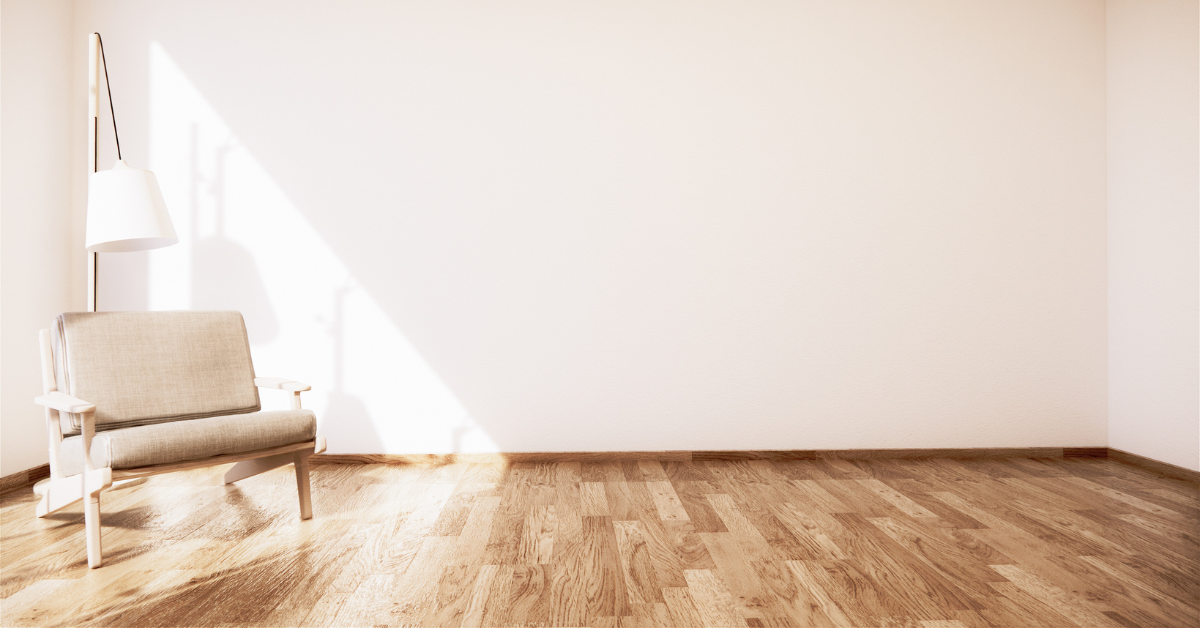
Maintaining That Hard-Earned Smile After Treatment

*Collaborative Post
Completing your orthodontic treatment is something to be proud of. Whether you’ve used braces or clear aligners, your teeth have undergone a major transformation. But the end of active treatment doesn’t mean the work is over. What comes next is just as important, preserving the results you worked so hard for. That’s where ongoing care plays a vital role, especially in helping you maintain your new smile long term.
Why Your Teeth May Start to Shift Again
Once treatment ends, your teeth don’t automatically stay in their new positions. The structures that supported your old bite, especially the periodontal ligaments, still have a tendency to pull your teeth back toward where they started. These ligaments stretch and move during treatment, but they also try to return to their original shape. That’s why your teeth might begin to shift again, even if everything looks perfect initially.
With the right approach to post-treatment care, you can prevent this movement. Proper support, like retainers, makes a significant difference. These custom devices are designed to hold your teeth in place and stop them from drifting. If you neglect this step, your smile can gradually start to change, undoing months or even years of progress.
One important thing to keep in mind is that the bone around your teeth takes time to rebuild and stabilize. Even though your teeth look straight, they still need support while the underlying structures adapt to the new positioning. Depending on your needs, you can explore different types of retainers One of the most convenient ways to get started is through custom options like retainers that suit your treatment and lifestyle.
How Age and Growth Patterns Affect Stability
Your age has a direct impact on how your teeth behave after treatment. Your teeth may be more likely to move if you’re younger and still growing. That’s because the jawbone is still developing, and any shifts in bone structure can push teeth out of alignment again.
Even as an adult, you’re not completely off the hook. Subtle changes in your jaw can continue throughout life. In many people, the lower jaw moves slightly forward over time, which can lead to crowding in the bottom front teeth. If you had major alignment issues before treatment, such as gaps or an uneven bite, there’s an even greater chance your teeth may try to return to those patterns without proper support.
Some people worry about wisdom teeth affecting alignment. While they don’t always cause problems, they can add pressure if there’s not enough space for them to erupt, especially if retainers aren’t worn consistently.
Matching the Right Retainer to Your Lifestyle
There are a few different types of retainers, each offering unique benefits. Clear retainers, also known as Essix retainers, are popular due to their barely noticeable appearance. These thin plastic trays are molded to your teeth and fit snugly, making them ideal if you want something discreet. They’re also relatively easy to clean and care for, though they may need to be replaced every so often due to wear.
Some people prefer Hawley retainers, which use an acrylic base and a wire that wraps around your front teeth. They tend to last longer and can even be adjusted slightly if you experience mild shifting. They’re a bit more noticeable but remain a reliable option for long-term maintenance.
There are also fixed retainers, which are small wires bonded to the back of your teeth. These are great if you know you might forget to wear a removable one. Since they always stay in your mouth, they provide round-the-clock support. Just remember that fixed retainers require more effort in daily cleaning.
Daily Habits That Protect Your Smile
Caring for your retainer properly extends its life and keeps your mouth healthy. Clean them gently with a soft brush and mild soap for removable types. Toothpaste might seem easy, but it can scratch the surface, creating hiding places for bacteria. If you’re using a Hawley retainer, you can clean it with toothpaste, but avoid hot water, which can cause warping.
Fixed retainers need more attention during brushing. You’ll want to use floss threaders or orthodontic floss to clean around the wire where regular floss can’t reach. Water flossers can also help rinse away food particles and plaque buildup.
When you’re not wearing your retainer, always store it in its case. Avoid wrapping it in a napkin or tossing it into your bag without protection, as doing so increases the risk of damage or loss. If your retainer starts to feel loose or tight or doesn’t sit properly, it’s likely time for a replacement or adjustment.
Adjusting to Speech and Building Comfort
New retainers can affect how you speak, at least temporarily. Sounds like “s” and “th” may come out a bit differently at first, but most people adjust within a few days. Reading aloud or practicing conversations can speed up the process. If you’re preparing for a speech or presentation, rehearsing with your retainer in helps build comfort and clarity.
Many professionals report quickly getting used to wearing their retainer during work hours. Keeping a case nearby allows you to remove it when necessary, without disrupting your schedule.
Long-Term Commitment to Your Smile
It might be tempting to cut back on wearing your retainer as time goes on, especially if everything looks fine. But don’t assume your teeth will stay in place on their own. Long-term success depends on consistency. Your orthodontist may recommend wearing it every night or only a few times a week over time. Whatever the schedule, sticking to it is the key to avoiding relapse.
Being proactive about care and checking your retainer regularly ensures it’s still doing its job. If it starts to feel uncomfortable, or if you notice any shifting, schedule a visit to get things back on track.
Keep Your Results for the Long Haul
Your smile deserves lasting support. Orthodontic treatment is a big investment, and the last thing you want is to see your progress slip away. Wearing and caring for your retainer doesn’t take much time but makes a lasting difference. With the right tools, habits, and attention, you can enjoy the results of your treatment for years to come, without letting your teeth wander back to where they started.
*This is a collaborative post. For further information please refer to my disclosure page.




